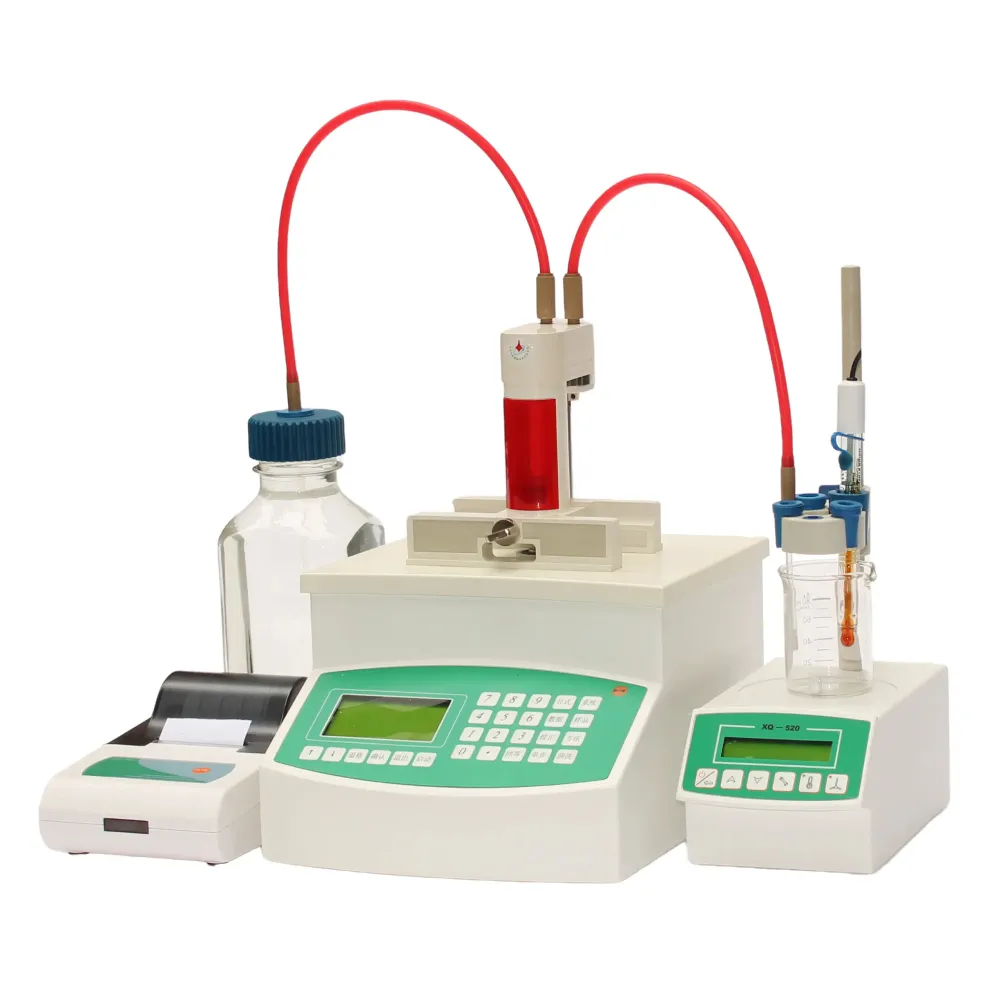 English
English



-
 Afrikaans
Afrikaans -
 Albanian
Albanian -
 Amharic
Amharic -
 Arabic
Arabic -
 Armenian
Armenian -
 Azerbaijani
Azerbaijani -
 Basque
Basque -
 Belarusian
Belarusian -
 Bengali
Bengali -
 Bosnian
Bosnian -
 Bulgarian
Bulgarian -
 Catalan
Catalan -
 Cebuano
Cebuano -
 China
China -
 China (Taiwan)
China (Taiwan) -
 Corsican
Corsican -
 Croatian
Croatian -
 Czech
Czech -
 Danish
Danish -
 Dutch
Dutch -
 English
English -
 Esperanto
Esperanto -
 Estonian
Estonian -
 Finnish
Finnish -
 French
French -
 Frisian
Frisian -
 Galician
Galician -
 Georgian
Georgian -
 German
German -
 Greek
Greek -
 Gujarati
Gujarati -
 Haitian Creole
Haitian Creole -
 hausa
hausa -
 hawaiian
hawaiian -
 Hebrew
Hebrew -
 Hindi
Hindi -
 Miao
Miao -
 Hungarian
Hungarian -
 Icelandic
Icelandic -
 igbo
igbo -
 Indonesian
Indonesian -
 irish
irish -
 Italian
Italian -
 Japanese
Japanese -
 Javanese
Javanese -
 Kannada
Kannada -
 kazakh
kazakh -
 Khmer
Khmer -
 Rwandese
Rwandese -
 Korean
Korean -
 Kurdish
Kurdish -
 Kyrgyz
Kyrgyz -
 Lao
Lao -
 Latin
Latin -
 Latvian
Latvian -
 Lithuanian
Lithuanian -
 Luxembourgish
Luxembourgish -
 Macedonian
Macedonian -
 Malgashi
Malgashi -
 Malay
Malay -
 Malayalam
Malayalam -
 Maltese
Maltese -
 Maori
Maori -
 Marathi
Marathi -
 Mongolian
Mongolian -
 Myanmar
Myanmar -
 Nepali
Nepali -
 Norwegian
Norwegian -
 Norwegian
Norwegian -
 Occitan
Occitan -
 Pashto
Pashto -
 Persian
Persian -
 Polish
Polish -
 Portuguese
Portuguese -
 Punjabi
Punjabi -
 Romanian
Romanian -
 Russian
Russian -
 Samoan
Samoan -
 Scottish Gaelic
Scottish Gaelic -
 Serbian
Serbian -
 Sesotho
Sesotho -
 Shona
Shona -
 Sindhi
Sindhi -
 Sinhala
Sinhala -
 Slovak
Slovak -
 Slovenian
Slovenian -
 Somali
Somali -
 Spanish
Spanish -
 Sundanese
Sundanese -
 Swahili
Swahili -
 Swedish
Swedish -
 Tagalog
Tagalog -
 Tajik
Tajik -
 Tamil
Tamil -
 Tatar
Tatar -
 Telugu
Telugu -
 Thai
Thai -
 Turkish
Turkish -
 Turkmen
Turkmen -
 Ukrainian
Ukrainian -
 Urdu
Urdu -
 Uighur
Uighur -
 Uzbek
Uzbek -
 Vietnamese
Vietnamese -
 Welsh
Welsh -
 Bantu
Bantu -
 Yiddish
Yiddish -
 Yoruba
Yoruba -
 Zulu
Zulu
closed cup flash point
Understanding Closed Cup Flash Point A Critical Property in Fire Safety
The closed cup flash point is a significant parameter in the field of fire safety and materials handling. This measurement indicates the lowest temperature at which a particular liquid can form an ignitable mixture with air, under controlled conditions. Understanding this property is crucial for industries that handle flammable liquids, as it directly impacts the safety protocols necessary to prevent fire hazards.
Definition and Measurement
The closed cup flash point is determined using a device known as a closed cup flash point tester. In this testing procedure, a sample of liquid is placed in a sealed cup with a specified volume of air above it. The temperature of the liquid is gradually increased, and an ignition source is introduced at intervals. The peak moment at which the vapors above the liquid ignite gives the flash point value. This testing method is advantageous as it minimizes evaporation losses and provides a more accurate reflection of the flash point under real-world conditions.
Importance in Fire Safety
The flash point serves as a critical indicator of a material's flammability. Liquids with low flash points, for instance, can ignite at relatively low temperatures, posing serious risks in environments where temperatures can fluctuate significantly. For example, gasoline has a flash point of around -40°C (-40°F), making it highly volatile and hazardous, especially during transportation and storage.
In contrast, substances with high flash points are generally safer to handle. For instance, some oils or solvents may have flash points exceeding 100°C (212°F), meaning they require higher temperatures before they can pose a fire risk. Understanding these points is not only important for compliance with safety regulations but also for implementing effective risk management strategies.
Regulatory Standards
closed cup flash point

Numerous industries are governed by regulatory standards that dictate safe handling practices based on flash point values. Organizations, such as the Occupational Safety and Health Administration (OSHA) and the National Fire Protection Association (NFPA), provide guidelines for working with hazardous materials. For example, materials with flash points below a certain threshold may be classified as flammable and require specific storage conditions.
Proper labeling and safety data sheets must include flash point information, ensuring that all workers are aware of the hazards associated with the materials they are handling. This is crucial in preventing accidents and ensuring a safe working environment, especially in laboratories, manufacturing plants, and chemical processing facilities.
Practical Applications
In practical terms, knowledge of closed cup flash points is vital in various sectors including chemical manufacturing, transportation, and waste management. For example, during the transportation of chemicals, vehicles are often required to adhere to regulations that account for flash point values. Similarly, in construction and renovation, understanding the flash point of solvents and adhesives can influence the choice of materials, aiming to minimize any fire risk during projects.
In emergency response scenarios, first responders must be familiar with the flash points of various substances to effectively tackle fire incidents. This knowledge enables them to choose suitable firefighting methods and protective equipment, ultimately ensuring both their safety and the safety of the public.
Conclusion
The closed cup flash point is more than just a measurement; it represents a fundamental aspect of safety in industries that deal with flammable materials. By understanding and applying flash point data, companies can enhance their safety protocols, reduce fire risks, and protect their employees and the environment. As such, the ongoing education and adherence to safety standards related to flash points remain essential in the pursuit of a safer workplace.
-
Exploring the Main Types of Industrial Endoscopes and Their Applications Across IndustriesNewsJul.04,2025
-
Testing Equipment Industry Sees Major Advancements in 2025: Smart & Precision Technologies Lead the WayNewsJun.06,2025
-
Applications of Direct Current Generators in Renewable Energy SystemsNewsJun.05,2025
-
Hipot Tester Calibration and Accuracy GuidelinesNewsJun.05,2025
-
Digital Circuit Breaker Analyzer Features and BenefitsNewsJun.05,2025
-
Benefits of Real-Time Power Quality Monitoring Devices for Industrial EfficiencyNewsJun.05,2025



